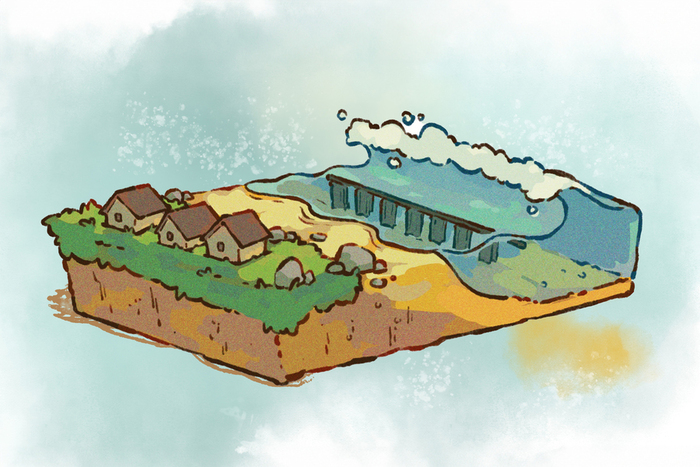In the future, there may be artificial coral reefs to defend the coasts from floods, erosion and extreme weather events, capable of dissipating the energy of the waves and also providing protection to marine life, as natural ones do. They are being developed by researchers led by the Massachusetts Institute of Technology, who have described the details of the structures in the journal Pnas Nexus: the artificial barriers are based on a central cylinder surrounded by spokes similar to those of a rudder, which can reduce the 95% the energy of the incoming waves and which use 10 times less material than the structures currently in use.
“It would be a sort of long breakwater,” explains Michael Triantafyllou, who coordinated the study. “If the waves directed against this artificial reef were 6 meters high, once crossed they would be less than 1 meter high. This reduces the impact of the waves – says Triantafyllou – preventing erosion and flooding”.
The researchers aim to use sustainable concrete, leaving spaces and niches in the structures to allow marine creatures to explore and find refuge, forming a geometry reminiscent of egg cartons. The various cylinders could then be connected to each other to form a long semi-permeable wall, which will have to be erected along the coast less than a kilometer from the shore. The authors of the study have built small versions to test in the laboratory and hope to start larger-scale trials with some seaside resorts.
“These test facilities would be over 1.5 kilometers long and around 5 meters high, costing around $6 million, so they won't be cheap,” comments Triantafyllou. “But they could avoid billions of dollars in damage, and with climate change, coastal protection will become a big issue.”
Reproduction reserved © Copyright ANSA

